During the last two months of 2021, Russia created a crisis by deploying large military forces near Ukraine and demanding security guarantees from the United States and NATO. This article was originally published with the Center for International Security and Cooperation.
During the last two months of 2021, Russia created a crisis by deploying large military forces near Ukraine and demanding security guarantees from the United States and NATO. In mid-December, Moscow publicized draft U.S.-Russia and NATO-Russia agreements encapsulating its demands, many of which were clearly unacceptable.
Over the past four days, U.S. and Russian officials have held bilateral talks, the NATO-Russia Council met, and a meeting of the Organization for Security and Cooperation in Europe took place. Russian officials now have an idea of what is and is not negotiable.
The question remains as it was in late December: does the Kremlin seek a genuine give-and-take negotiation, or will the Kremlin use rejection of certain of its demands as a pretext for military action against Ukraine? Unfortunately, it increasingly looks like the latter.
By the end of 2021, the Russian military had deployed some 100,000 troops on or near the Ukrainian border. U.S. intelligence projected that the number could reach 175,000 soldiers early in 2022.
In December, Vladimir Putin called for security guarantees for Russia. This seemed ironic. The Kremlin controls the world’s largest nuclear arsenal and the most power conventional forces of any country in Europe, and Russian military forces are deployed—unwanted—on the territory of Ukraine, Georgia and Moldova.
In mid-December, Russian officials gave U.S. officials a draft U.S.-Russia treatyand a draft NATO-Russia agreement and promptly made them public. The fact that the drafts contained provisions, such as NATO foreswearing further enlargement, that Russian officials had to know NATO would not accept, their immediate publication, the inflammatory rhetoric pouring out of Moscow, and the continuing troop build-up near Ukraine raised questions about whether the Kremlin truly sought a negotiation.
Presidents Biden and Putin held two video conferences in December. The U.S. president outlined the costs that would ensue if Russia launched a new attack on Ukraine—new, more punitive sanctions, greater Western military assistance to Ukraine, and a bolstering of NATO’s military presence on its eastern flank near Russia (all in addition to the costs that Ukraine would impose in resisting the Russian assault)—but he also expressed a readiness for dialogue. The two leaders agreed to discussions in January.
U.S. and Russian officials met for nearly eight hours in Geneva on January 10. Deputy Secretary of State Sherman afterwards told the press that some Russian ideas, such as limits on missile placement in Europe and reciprocal constraints on military exercises, might provide a basis for discussion and negotiation. However, the Americans were firm “in pushing back on security proposals that are simply non-starters for the United States. We will not allow anyone to slam closed NATO’s “Open Door” policy [on enlargement].”
Officials from NATO allies took similar positions when the NATO-Russia Council met in Brussels on January 12. Following the four-hour session, NATO Secretary General Stoltenberg told the press that NATO allies “reaffirmed NATO’s Open Door policy and the right for each nation to choose its own security arrangements” and “made clear that they will not renounce their ability to protect and defend each other, including with presence of troops in the eastern part of the Alliance.” However, NATO was prepared for a discussion of concrete proposals on military transparency, arms control and reciprocal limits on missiles.
Sherman separately said “Thirty sovereign nations spoke separately—NATO allies—and also spoke as one.” They made clear “that all countries must be able to choose their own foreign policy orientation, that sovereignty and territorial integrity are sacrosanct and must be respected, and that all nations are and must be free to choose their own alliances.”
The Organization for Security Cooperation in Europe session in Vienna on January 13, in which Ukrainian officials took part, concluded with no movementreported on resolving the tensions between Russia and Ukraine.
The Kremlin spokesperson gave a downbeat assessment of the U.S.-Russia and NATO-Russia discussions. He noted that, while there were “some positive nuances, positive elements,” the sides disagreed on what Russia considered the principal issues [Russia’s demands that NATO agree to no further enlargement and remove military forces deployed to countries that had joined the Alliance after 1997]. Other Russian officials likewise depicted the West has showing no movement on Moscow’s key demands.
While Russian officials suggested that there might yet be written responses to their proposals, U.S., European and Ukrainian officials consulted intensely in the run-up to this week’s meetings. There is no reason to expect that any written response would differ from what Russian diplomats heard in Geneva, Brussels and Vienna. Moscow now should have a good sense for what in their draft agreements would and would not provide a basis for negotiation.
The Kremlin has largely framed this as a crisis between NATO and Russia. Putin is unhappy about how the post-Cold War situation in Europe has evolved, especially the enlargement of NATO. He would like to wind back the clock, something NATO members will not agree to do.
For the Kremlin, however, this is first and foremost about Ukraine and Moscow’s desire for a sphere of influence in the post-Soviet space. After meeting U.S. officials on January 10, Deputy Foreign Minister Ryabkov said “it’s absolutely mandatory to make sure that Ukraine, never, never ever becomes a member of NATO.” (While there is little enthusiasm among NATO members now for putting Ukraine on a membership track, as the Russians almost certainly understand, NATO will not foreswear the future possibility.)
Moscow worries that it is losing Ukraine, which it is. Over the past eight years, the Russian military seized Crimea, and Russia instigated and sustained a conflict in Donbas that has claimed more than 13,000 lives. Such actions, not surprisingly, have driven Ukraine away from Russia and bolstered elite and public support there for joining NATO.
The Kremlin’s policy toward Ukraine has produced a strategic failure. Launching a new attack now would hardly improve Ukrainian attitudes toward Russia, but the Russian military is by all appearances preparing for a major operation.
It may be that Putin has not yet decided what to do. However, he seems to be painting himself into a corner in which military action remains his only feasible choice. While leaving the path for dialogue open, the West should redouble its effort to dissuade and deter him from taking that choice. But it increasingly appears that the West will not succeed.
The Brookings Institution is committed to quality, independence, and impact.
We are supported by a diverse array of funders. In line with our values and policies, each Brookings publication represents the sole views of its author(s).
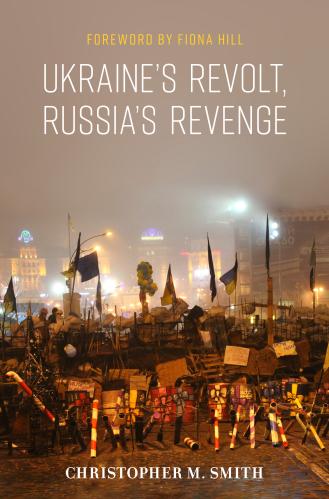
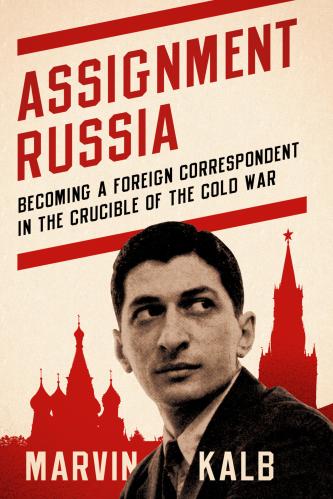
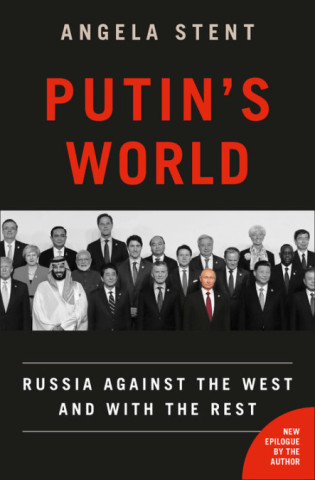
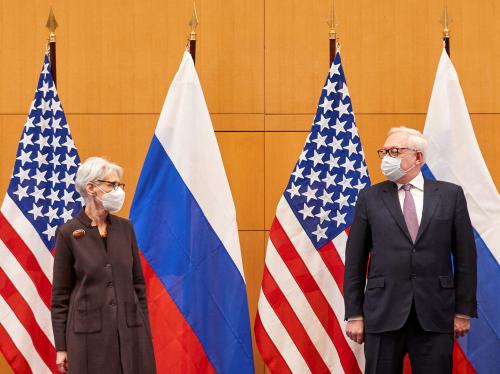
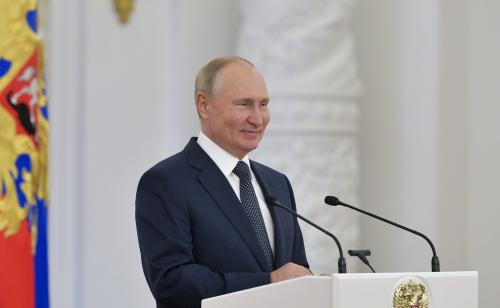
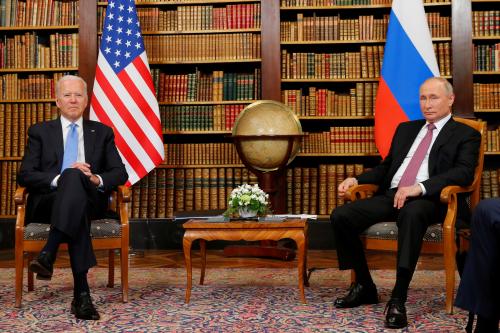



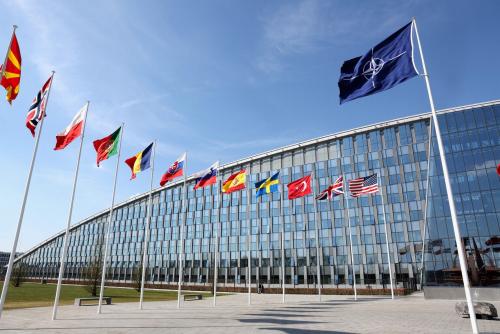
Commentary
Op-edAfter US-Russia, NATO-Russia, and OSCE meetings, what next?
January 13, 2022